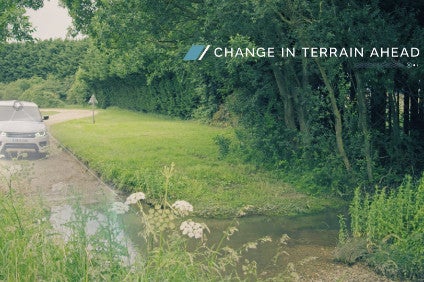
ZF says it sees a “huge increase” in sensor fitment rates as demand for driver assistance systems starts to ramp up.
Much attention is currently focused on the introduction of fully-autonomous driving but the mid-point of technological development offers significant business opportunities and will smooth the way for its eventual adoption.
To that end, ZF demonstrated a series of vehicle aids at its Driver Assistance Systems facility in the western French city of Brest, showcasing the potential for hands free vehicles as well as automatic braking and acceleration.
“We see a huge increase in fitment rates in forward sensors and surround sensors,” ZF global director Advanced Driver Assistance Systems, Peter Austen, told just-auto on the sidelines of the Brest demonstration.
“We will get to a point just like airbags and stability control – where the absolute safety side – this will have played its part. It will [also] come down to the comfort of driving.
“We are looking at [fitment rate] numbers from 5% in some cases to 50% and 25% to 90%.”

US Tariffs are shifting - will you react or anticipate?
Don’t let policy changes catch you off guard. Stay proactive with real-time data and expert analysis.
By GlobalDataZF was showcasing partially automated driving capabilities, featuring Highway Driving Assist Multi-Lane technology, which combines environmental sensing, automatic steering, braking and acceleration.
The system can support automatic, driver-initiated land changes detecting road type and presence of neighbouring vehicles.
The system allows for hands and feet-free driving up to 130km/h, including driver-initiated – or vehicle-proposed and human-confirmed – lane changes. It integrates ZF TRW’s AC1000 radars and camera systems together with its Electrically Powered Steering Belt Drive and Electronic Stability Control.
Automated longitudinal control is combined with automated lateral functionalities and adds AC1000 short range radars on vehicle corners to support for example, overtaking.
Despite the much-discussed move to semi and fully-automated driving, the technology and research required to ensure it happens safely, will need vast resources, narrowing down development to mainly global suppliers.
“The key thing about this whole business is it requires huge investment and it is only the biggest players in the world that can really do that,” added Austen.
“Automated driving is a very, very expensive game. We now have to finalise the 360 degree camera and radar and it is doubling the portfolio in a couple of years.”
Drivers can override the system at any time.



